As much in love with technology and gadgets as I am, I've never really been interested in cameras and photography. The idea of owning a great camera intrigued me, but I knew years ago that smartphone cameras were improving dramatically and would eventually replace standalone devices.
ContentsEase of useImages and performanceAchieving bokeh (dreamy and blurred backgrounds)Verdict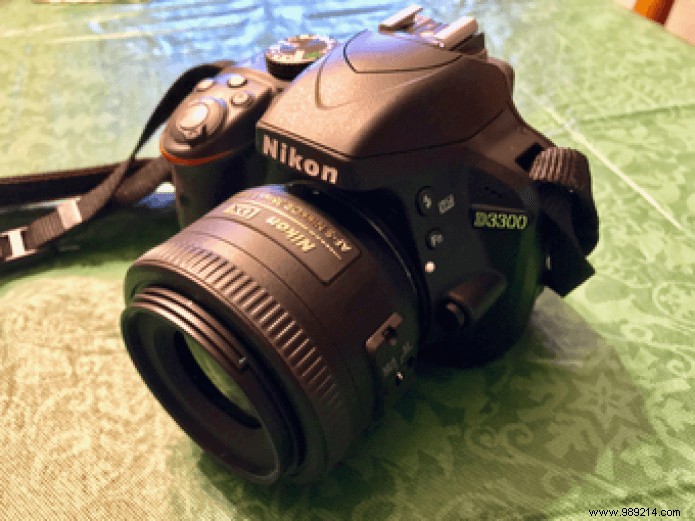
Phone cameras have certainly improved to replace point-and-shoot cameras, but are still not at the level needed to replace full-featured DSLRs. Additionally, smartphone cameras are mostly automatic, while DSLRs allow you to fiddle with focus, settings, and other complications.
As I found myself struggling with this and my need to take great photos, especially for reviews like these, I decided to buy my first DSLR. After reading reviews online, I opted for the Nikon D3300. Seems to be the best beginner's DSLR you can buy for the price right now.
Buy now
I'm not a photographer, so this is a review from the eyes of a true beginner. You won't find the technical details of what makes a good camera here, only opinions based on intermediate knowledge, feelings and actual use.
Oh, and if you're looking for a camera that produces beautiful bokeh (blurred background blur), I'll mention that too.
Let's get into it.
My first requirement for a DSLR is that it should be easy to use. I went into the shopping experience knowing that I had extremely limited experience with DSLRs and photography in general.
I wanted it to be as close to an iPhone as possible in that I can just turn it on and take a great shot with minimal effort.
The Nikon D3300 easily passes this test. Switch to guide mode and you don't need to change any settings at all.
Just scroll through the type of photo you want to take (landscape, portrait, bright, up-close, etc.) and the camera optimizes the settings in the background.
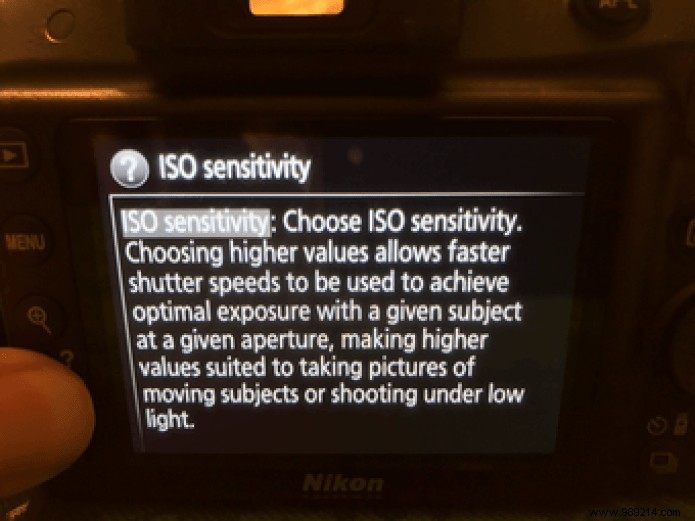
I don't feel this out of touch, so I almost never use guide mode. Instead, I use another handy feature:the question mark tool . To the left of the screen is a question mark that you can tap at any time to display information about what you're watching.
If I come across a setting to adjust the aperture, for example, and I don't know what it is, I press this button and a window on the screen explains it.
It works for just about anything you can think of:shutter speed, ISO, focus, macro, tracking, etc. I have already learned a lot about cameras from this camera itself.
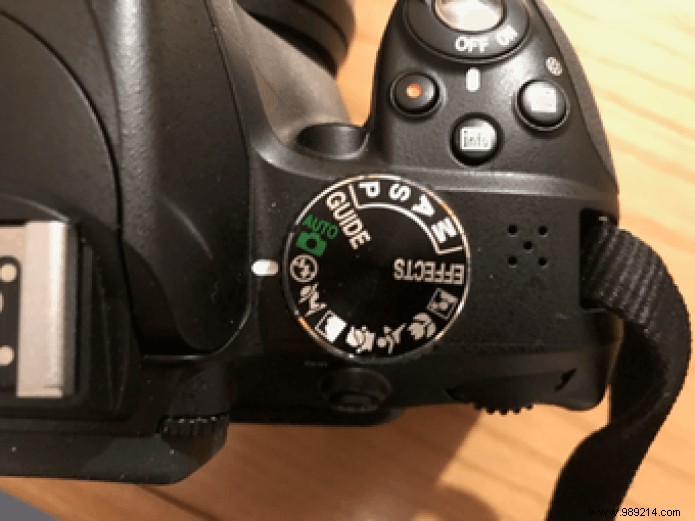
The menus are also very easy to navigate for a novice like me and the buttons are simple. Combined with the software features, the Nikon D3300 is extremely easy to use, even for less experienced photographers.
I've learned in my experience so far that apparently most of what it takes to produce a great shot comes from a good lens, not the camera body itself. P>
The Nikon D3300 comes with Nikon's standard 18-55mm lens. The numbers measured in millimeters are the focal lengths. Since this lens has two, it can zoom from 18mm wide to 55mm up close.

When I was in auto mode with the flash off, all I can say is that the 24MP camera produced great photos. Even in low-light situations, there's little to no noise (read:graininess), colors are very true to life, and even when magnified on my computer screen, they have a professional feel. .
The faces are soft and warm but not lacking in detail and even the finest strands of hair do not go unnoticed. By the way, 24MP is almost certainly big enough for the average user, unless you're looking to print giant posters. The camera also records solid 1080p video with 60 frames per second.
Since the 18-55mm lens doesn't have a large aperture (the lowest is f/3.5), it's not very ideal in low light, however. While the photos aren't necessarily grainy, if you're in poor lighting you may need a different lens to better capture your subjects.
I'll talk more about that in the next section because that's where lots of light and apertures like f/1.8 come in handy.
In auto mode, the shutter speed varies, but it's usually quite fast. If you find yourself in situations where the camera doesn't know what to focus on or the light is dim, it may take a few seconds for the shutter to release. You can set this yourself in manual or guide mode.
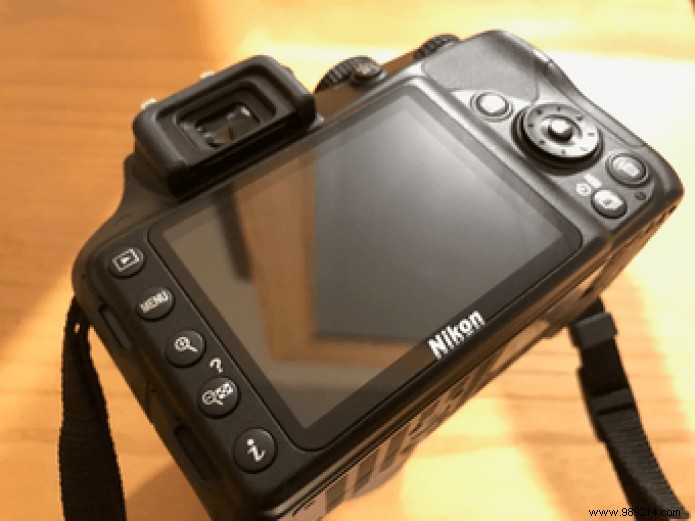
Nikon also promises a range of 700 shots. I haven't counted how many shots it takes to die, but it seems to have pretty good battery life based on my real-world testing.
Buy now
If I charge the battery in advance, I'm not yet in a situation where I've taken enough pictures to exhaust it or even come close.
It's a bummer that it doesn't have built-in Wi-Fi, but it's easy enough to simply remove your SD card and insert it into your computer. Nikon also sells a Wi-Fi adapter for this camera if you decide you want Wi-Fi transfer.
If you're like me, one of the main reasons you've considered switching to a DSLR is the bokeh. It's that beautiful background blur that DSLRs apply to photos when a subject is up close. I'm in love with the effect.
The iPhone 7 Plus depth effect in portrait mode is a step in the right direction, but after taking photos with my Nikon D3300, the iPhone doesn't even come close.
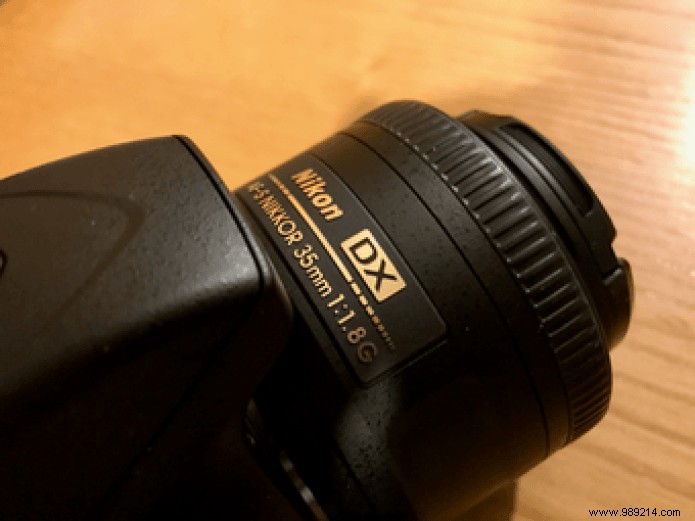
Turns out, to get this amazing effect in your photos, you need a wide-aperture lens. This means it lets in a lot of light to produce a shallow depth of field, i.e. a smaller area with proper focus.
The included 18-55mm lens can do this somewhat when set to its lowest aperture, but for the best bokeh you'll want to upgrade the lens.

Once I learned that, I ended up buying the Nikon f/1.8 35mm lens on Amazon on sale for around $166. The 35mm focal length is perfectly in the middle so I can get wide-angle shots of multiple people or landscapes as well as semi-macro shots.
Also, the f/1.8 aperture produces amazing bokeh which I am totally excited about. I used it to take photos of my family's Christmas dinner this year, and the food has never looked so good.

If that's the effect you're looking for, I recommend getting this extra lens. It's a super all-rounder, but the bokeh is amazing. Also, wide aperture lenses are much better in low light, illuminating the subject in dark conditions.
I am extremely happy with my Nikon D3300. I don't have many negative comments, although the lack of Wi-Fi might be off-putting to some. It takes phenomenal photos, has great battery life, and is superbly easy to use for a beginner like me.
Plus, you can often find it for just $450 on Amazon, cheap by DSLR standards. The photos it takes are definitely worth having to carry around another device with my iPhone to capture memories. I don't bring it everywhere, but I definitely pack it if I want the best photos possible.
If you're looking to buy your first DSLR, it's extremely hard to go wrong with the Nikon D3300. Take it from someone who was in the same boat as you not long ago. It's a fantastic entry-level device but with such quality.